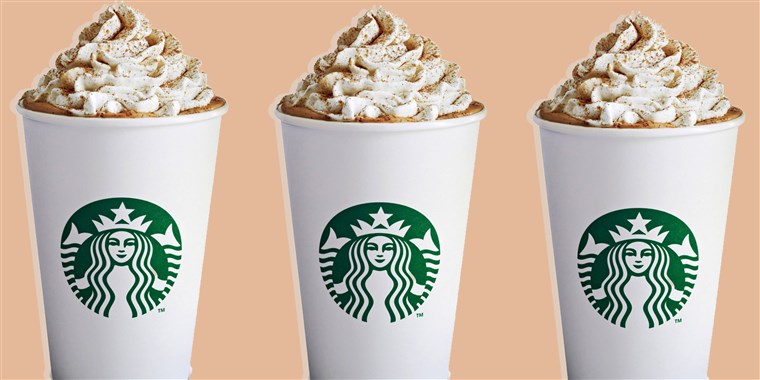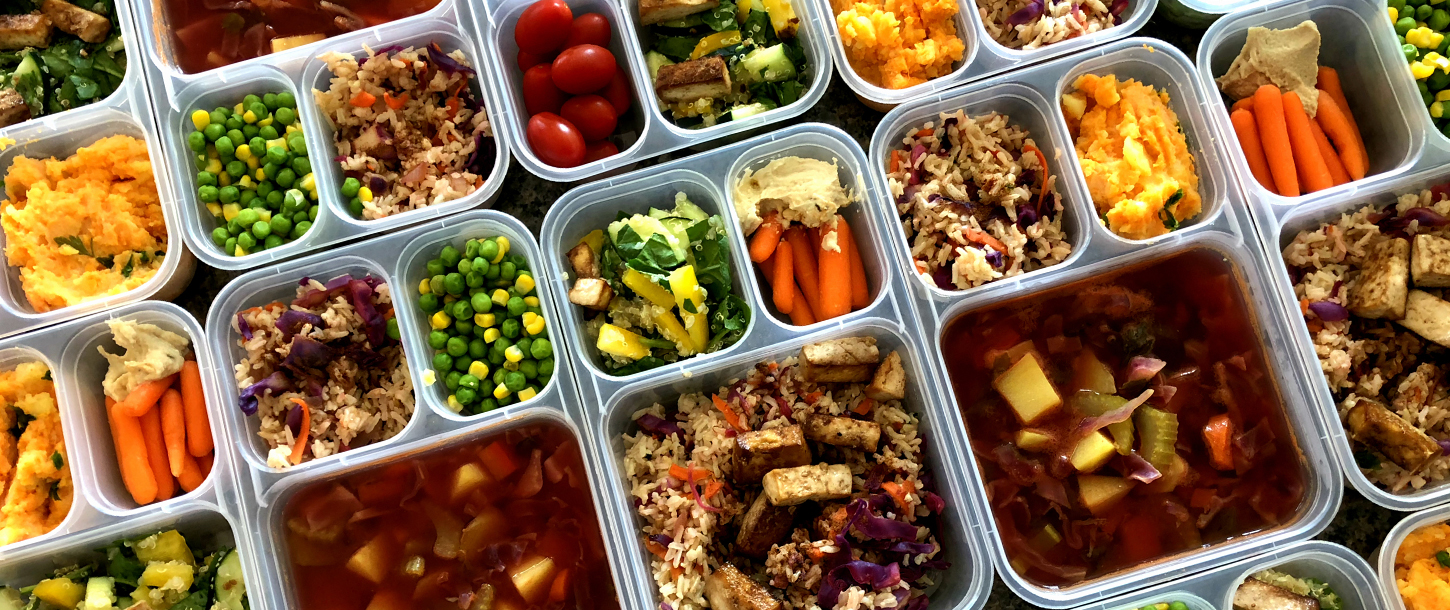
Healthier For You
The Season for Moderation
We’ve entered into pumpkin spice season earlier than ever before with the August 28 release of the Starbucks Pumpkin Spice Latte. It’s so popular, it has its own hashtag (#PSL), Instagram and Twitter accounts. While the arrival of this beloved seasonal drink has many Americans counting down the days until sweater weather, it’s safe to say that forming a PSL habit probably isn’t the healthiest idea. After all, a tall PSL will cost you around $4.72, 300 calories and 35% of your recommended saturated fat intake.
We all indulge every now and then, but Americans agree that of all the undesirable things in their lives, including things like stress, screen time or even debt, the #1 thing they’d like less of is unhealthy food.
In fact, 70% of Americans say they love to or want to consume healthy foods (Source: 2018 COHO Culture Study). And although Starbucks reportedly sold 350 million of the limited-time-only PSLs in 2017, 72% of PSL buyers bought the drink only once last season (Source: NPD).
70% of Americans love to or want to consume healthy foods
These findings are indicative of a larger consumer trend towards better-for-you options: food and beverages that boast all-natural, fresh, organic, simple, clean, low-sugar or high-protein claims.
Consumers cite improved physical and emotional well-being as motivations for eating well, as well as a growing skepticism around fad diets. And these motivations are increasingly becoming validated in the medical community with research from Harvard and Columbia Universities finding that managing the “gut-brain” connection is key to managing anxiety and depression for many people (Source: WSJ).
“Let food be thy medicine,” Hippocrates
However, 59% of Americans admit that they don’t maintain a healthy diet most of the time (Source: Mintel).
So how do we make sense of this disconnect between consumers’ reported interest in health and their actual everyday habits?

It’s all about balance.
Americans have long struggled to balance the foods they crave with the foods they know they should be consuming but they have come to adopt a more pragmatic approach than in years past. Compromise is now the name of the game: substituting undesirable ingredients and generally making food choices seen as less unhealthy (though not completely healthy).
As these consumers increasingly seek out better-for-you options, many QSR chains, beverage makers and food companies have seen a decline in sales. So it’s not surprising that they are buying into the better-for-you trend in hopes of increasing frequency and spend.
Starbucks, experiencing a 3% drop in Frappuccino sales last year, has introduced plant-based options like almond and cacao protein-blended cold brews to help consumers boost their protein intake (while reducing their sugar consumption). Though the number of vegetarians remains low, the majority of Americans do believe that plant-based proteins are better (both for themselves and for the environment) than animal-based proteins (Source: Mintel).
Soda manufacturers, seeing sales fall to a 31-year low in 2016 as consumers cut back on calories and artificial flavorings, have bolstered their sparkling water and juice lines. PepsiCo has introduced its bubly flavored water soda line and invested in the $3.2B acquisition of SodaStream. Coca-Cola acquired Topo Chico for $220 million in 2017. They have even ventured into the trendy area of gut health through moves like Coke’s 2015 investment in the pressed juices, kombucha and drinking vinegars company Suja Life, and Pepsi’s 2016 purchase of KeVita sparkling probiotic drinks.
Arguably one of the most interesting better-for-you innovations comes from what some might consider a fairly conventional category: frozen foods. Brands like Pinnacle’s Birds Eye and B&G Foods’ Green Giant have seen significant sales and share increases through the introduction of veggie side dishes meant to replace traditional carb-heavy sides, such as riced veggies, spiralized veggies and veggie tots.
All of these companies are betting that their acquisitions and innovations will lure the healthy alternative-seeking consumer into spending their hard-earned dollars.
And those bets are well placed.
85% of consumers are more likely to eat at a fast food/QSR restaurant that serves healthier options, 83% are more likely to shop at a grocery store that offers these types of foods and over half of food delivery customers are looking for healthier options when ordering.
And 84% would pay more for these options (Source: Hudson Pacific).
84% of Americans would pay more for better-for-you options
While consumers may not always take advantage of the better-for-you options being presented to them, they appreciate and will reward those companies that give a nod to indulgence while offering some nutritional value.
So for now, food and beverage brands will be well-served to remember the age-old adage: everything in moderation.